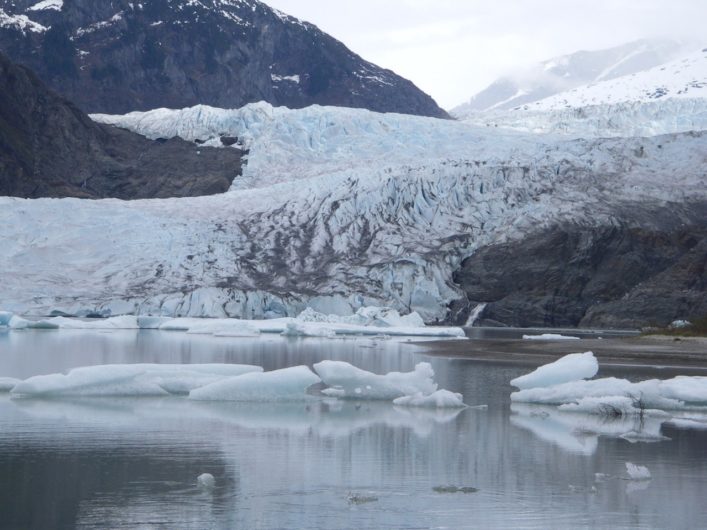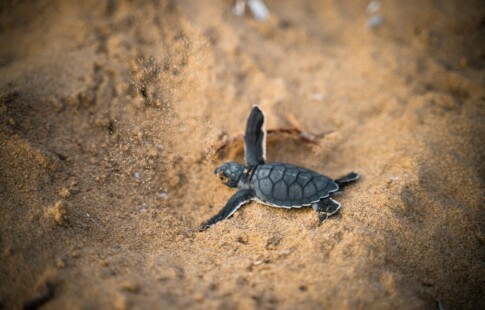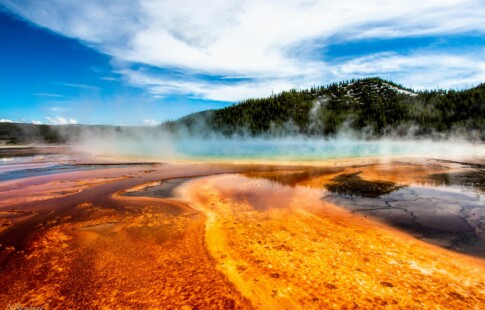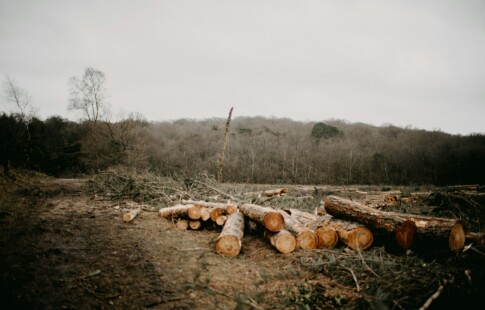
What Makes the Arctic Ocean Different From Other Oceans?
We are reader-supported. When you buy through links on our site, we may earn affiliate commission.
The Arctic Ocean conjures up images of expansive ice, frigid waters and diverse wildlife on its frozen shores. Today, though, we often see photos of polar bears, one of the Arctic’s most famous residents, standing on ever-shrinking patches of ice due to global warming. The Arctic Ocean is indeed a unique place. Its inhospitable climate and extensive ice coverage make it difficult to explore, so we know less about it than we do about Earth’s other oceans. However, we do know there are several distinct things that set it apart.
A Frigid Climate
Perhaps the most obvious difference between the Arctic Ocean and other oceans is its cold climate. There are some other unique things about its temperature, though. Permanent sea ice is one of the Arctic Ocean’s unique attributes. The temperature of the air in the Arctic can fall as low as -60 degrees Fahrenheit. Recently, though, it’s been rising above averages — far enough to break records. Scientists warn this drop in temperature is due to climate change. This is altering the Arctic environment and leading to lower levels of ice. In the Atlantic and Pacific, the water gets colder as it goes deeper. In the Arctic, this pattern is reversed. Because the warm seawater that flows in from the Atlantic is denser than other Arctic water, it sinks below the surface. According to a study led by a University of Alaska researcher, global warming is causing this to change, too. As ice melts, winds mix up the surface water more than usual. This creates a feedback loop in which warmer water rises to the surface, due to melting ice. The warmer water, in turn, melts more ice. The change is making the Arctic Ocean more like the Atlantic — a process researchers call “Atlantification.”
A Diverse Ecosystem
Despite the Arctic’s harsh conditions, it supports a wide variety of life — from marine mammals to fish to crustaceans. Life thrives from the sea floor to the upper layers of the water. Creatures that live on land, such as polar bears, also depend on marine mammals for food. Polar bears typically eat seals, of which there are many species in the Arctic. You can also find whales, sharks, rays, snow crabs and around 240 species of fish. The Arctic Ocean also often has a fair amount of non-native species that don’t grow and reproduce there. The water that flows in from other oceans brings these species, and while they can survive there for a time, they can’t live there year-round.
Pollution and Climate Change
While climate change impacts the entire planet, it has an especially strong effect on the Arctic Ocean. In fact, the Arctic is warming nearly twice as fast as the rest of the planet. The sea’s rapidly melting ice has become a symbol for global warming. It also plays a big part in why the Arctic is warming so quickly. The area’s ice and snow typically reflect sunlight back into the atmosphere. As the reflective ice disappears, the land absorbs more sunlight, which causes more ice to melt. This cycle will lead to rising sea levels around the world. Climate change is also causing oceans to become more acidic because of the increased amount of carbon dioxide being absorbed into the water. This damages marine life’s shells, as well as coral reefs, which are home to a huge number of species. In colder oceans like the Arctic, this acidification happens twice as fast. The Arctic Ocean’s frozen waters inspire wonder and reveal some truly unique parts of our world. Those characteristics, however, are disappearing as the planet warms. As ice melts, sea levels rise and species die, these changes will affect not only the Arctic, but also the rest of the world. Have your own ideas, comments, or questions to share on conservation and environmental awareness? Contact me to learn more about how you can help make the world a better place.
Share on
Like what you read? Join other Environment.co readers!
Get the latest updates on our planet by subscribing to the Environment.co newsletter!
About the author

Jane Marsh
Starting from an early age, Jane Marsh loved all animals and became a budding environmentalist. Now, Jane works as the Editor-in-Chief of Environment.co where she covers topics related to climate policy, renewable energy, the food industry, and more.






